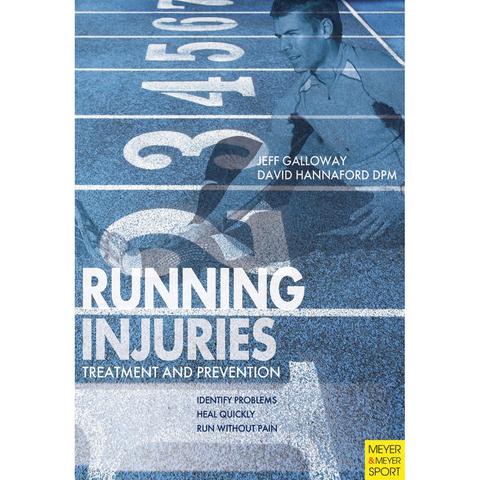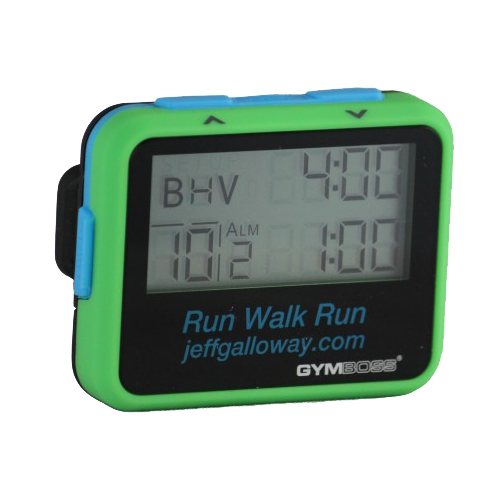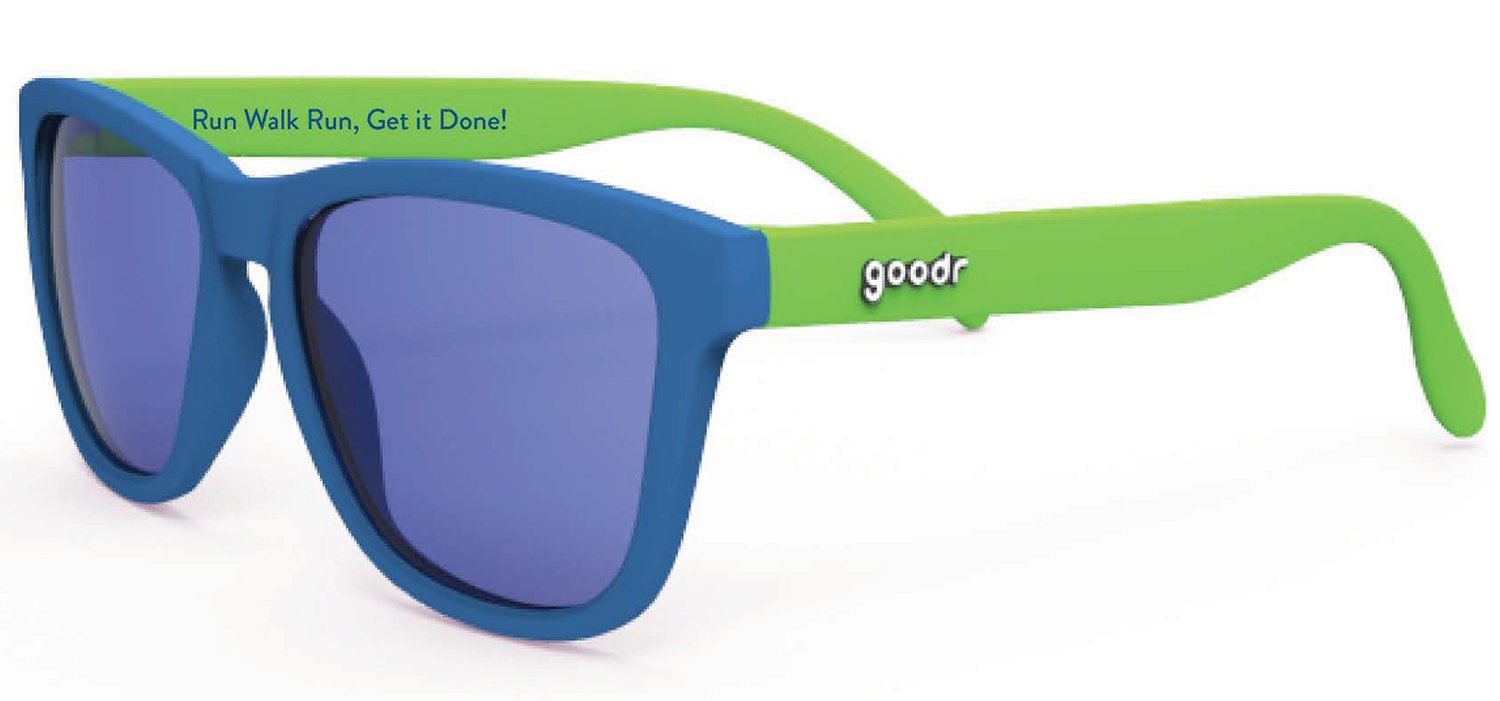
See more in Running Injuries – Treatment and Prevention
Black Toenail
Over my 45 years of running, I’ve had hundreds of black toenails. The following is my advice in avoiding and treating this problem. This is offered as experience passed from one runner to another. You should always confer with a doctor who knows about running injuries when you have a medical problem.
Almost everyone who runs gets a black toenail. Getting your first one is a sign that you’ve moved your training into a higher level. While most runners blame a shoe that is too small, this is often not the primary cause. Certainly toe pressure from the shoe can make the toe hurt even more, but pressure from underneath seems to produce more black nails.
If a toe is under pressure from the shoe or a sock that is too tight or too thick, the sustained pressure, step after step, produces an impact or a friction problem between the toenail and the tissue surrounding it. When the tissue gets damaged, fluid accumulates. The red or black color is the result of a few blood capillaries that become broken in the process. The more fluid that accumulates, the more pain. The extra fluid, colored by some blood, accumulates below the toenail. When the pressure gets too great, the existing toenail will be separated from the “toenail in training,” which is located below the current nail. Even if it takes several months, the blackened outer nail will drop off, leaving the new nail below. Sometimes the pressure of the fluid, will warp the new nail, but it will get smoother as it grows out.
But most of the pressure that results in this “toenail injury” is produced by the regular action of the foot coming forward, thousands of times every 5K. Each time your foot swings forward, a little extra blood is pushed into the toe region due to the force of the foot coming forward. If you increase your distance regularly and very gradually, your toes will adjust to each new maximum distance and only complain when you extend farther. In a marathon training program, almost everyone gets at least one black toenail. Running faster than you should be running, at any time during a long run, will increase the chance of this injury.
Hot weather also improves your odds of getting one. When it’s warm, your feet swell more than they would on cold days. Because there is more pressure, and more fluid, there are more black nails generated during the summer months. You’ll reduce the chance of a black nail if you ensure that you have enough room in your toe area when you fit your shoes. At least half an inch is needed, when you’re standing in the prospective shoes (in the sitting position, the toes aren’t all the way forward). If you’ve had a history of black toenails and summer is approaching (or here), you may want more toe room. When you add more room at the end, ensure that the arch of the shoe matches up with your arch. Also, run in the shoe before you buy it to make sure that your foot doesn’t slide forward as you’re running, which can aggravate the toe more than a tight toe box.
It’s best to take no action on black toenails, if the pain is manageable. About 24 hours after the long or fast run which produced the problem toe, you can decide whether the pain is tolerable. It usually lessens each day thereafter. About 80 percent of the black toe problems are best treated by ignoring them. The damaged part of the nail is gradually pushed out, and the foot slowly returns to normal. If at any point you see the redness associated with infection, see a doctor.
If the toe hurts too much, especially 24 hours later, you should release the pressure underneath by one of two methods. It’s always better to have this done by a doctor, but I’ve heard from hundreds of runners who’ve done this by themselves without any significant problems. It’s up to you.
1. If the edge of the fluid is near the tip of the toenail, a sharp sewing needle can do the job. Sterilize it by putting it in the flame of a match or lighter until the tip becomes red hot. Be sure to insulate the end of the needle so that you aren’t holding it directly with your fingers. After a couple of minutes, when the needle is cool, send it into the thin layer of skin, at the edge of the toenail, where you see water underneath. Let the water come out. Enlarge the hole slightly and insert some triple antibiotic cream up underneath, squeezing it around to speed up the healing time.
2. If the fluid is in the center of the nail, sterilize a paper clip by putting it in the flame of a match or lighter until the tip becomes red hot. As in # 1 above, make sure that your fingers are insulated from directly touching the paperclip. While it is red, place the clip into the center of the fluid area. It will quickly melt the nail, producing a nice round hole by which the fluid can escape. As in # 1 above, squirt some triple antibiotic cream underneath, squeezing it around to speed up the healing time.
These methods may seem like something out of a torture textbook, but they don’t have to hurt. Again, if you have any doubts, see a doctor.
To prevent black toenails in the future: consider getting advice from the shoe experts at Phidippides.




